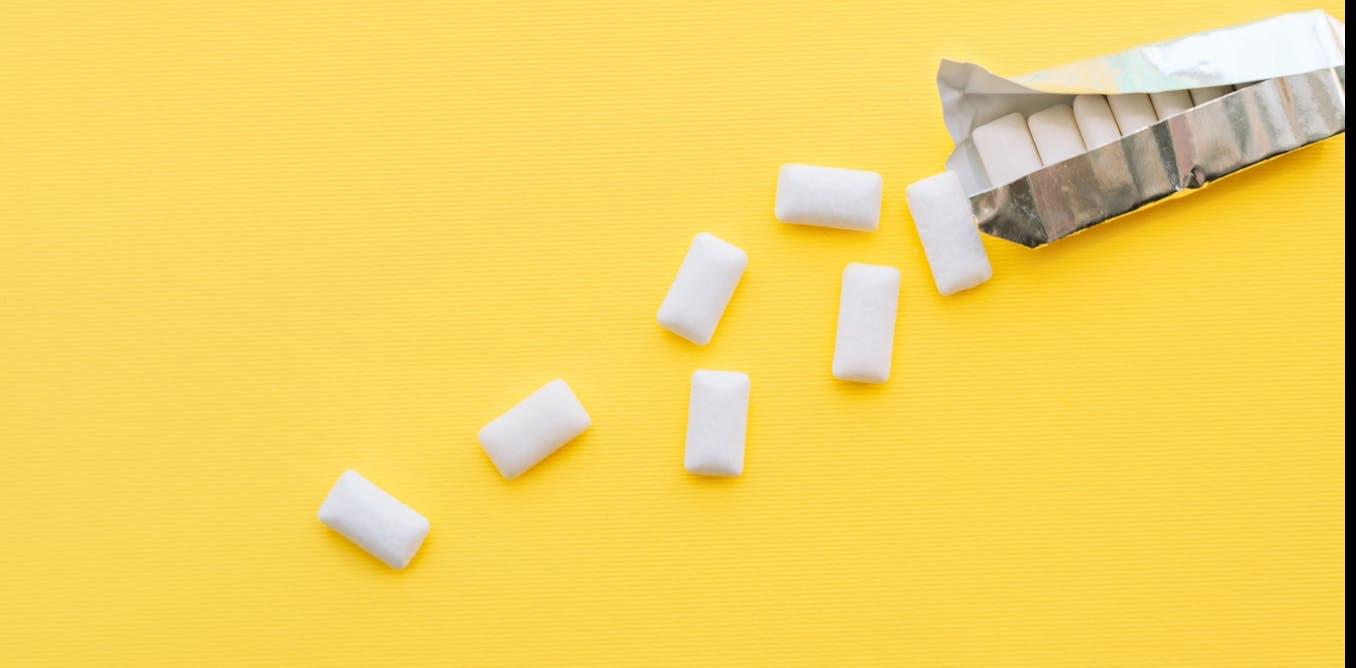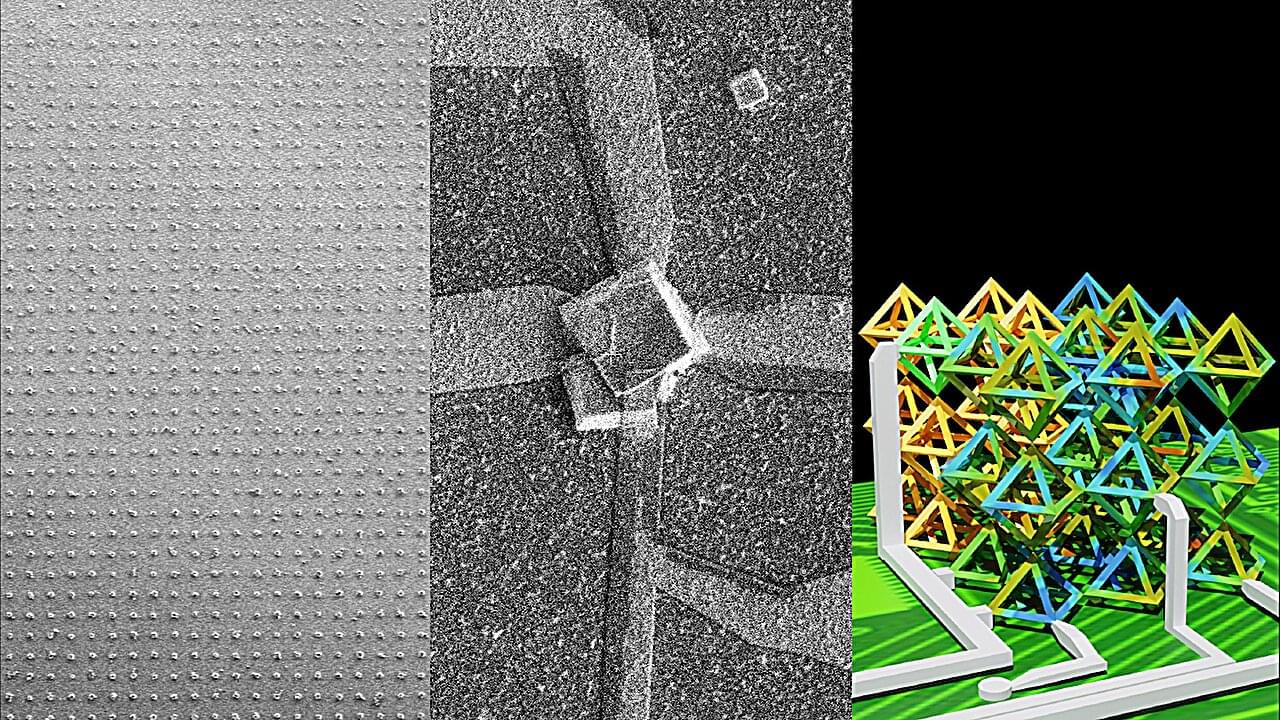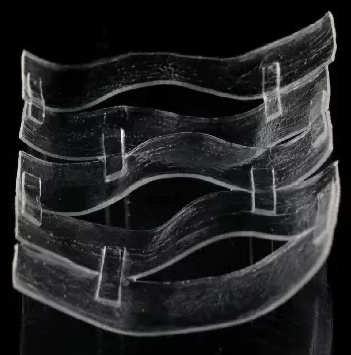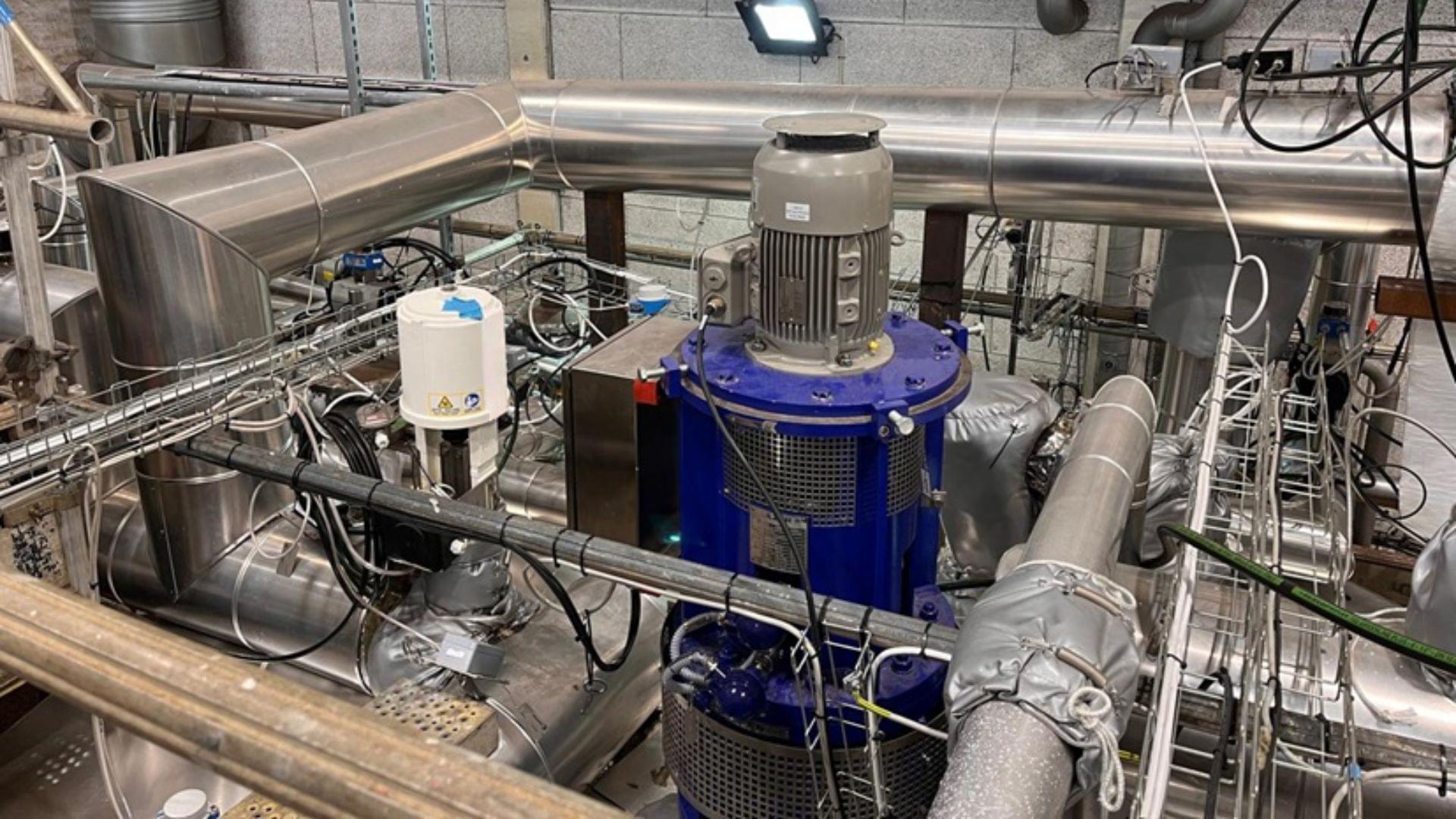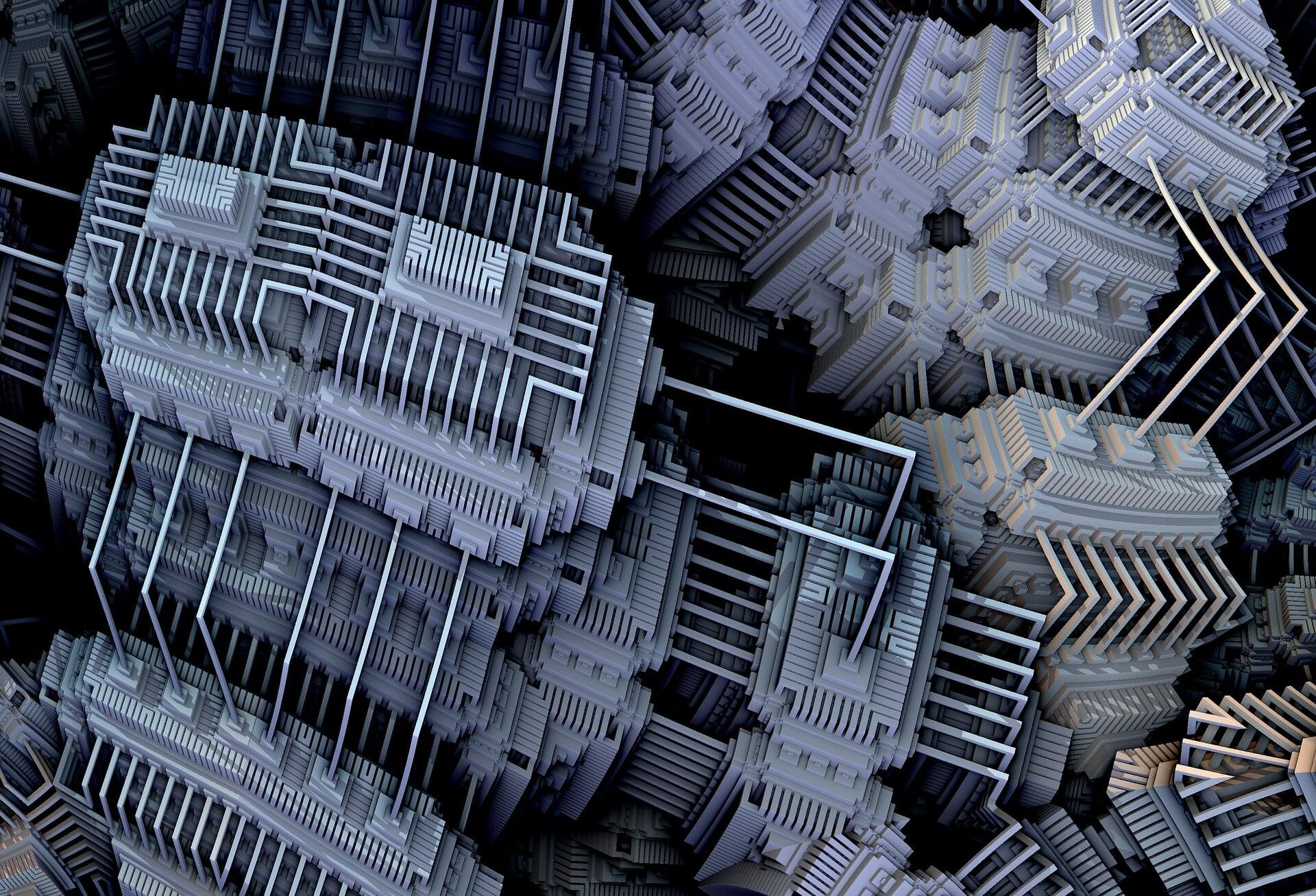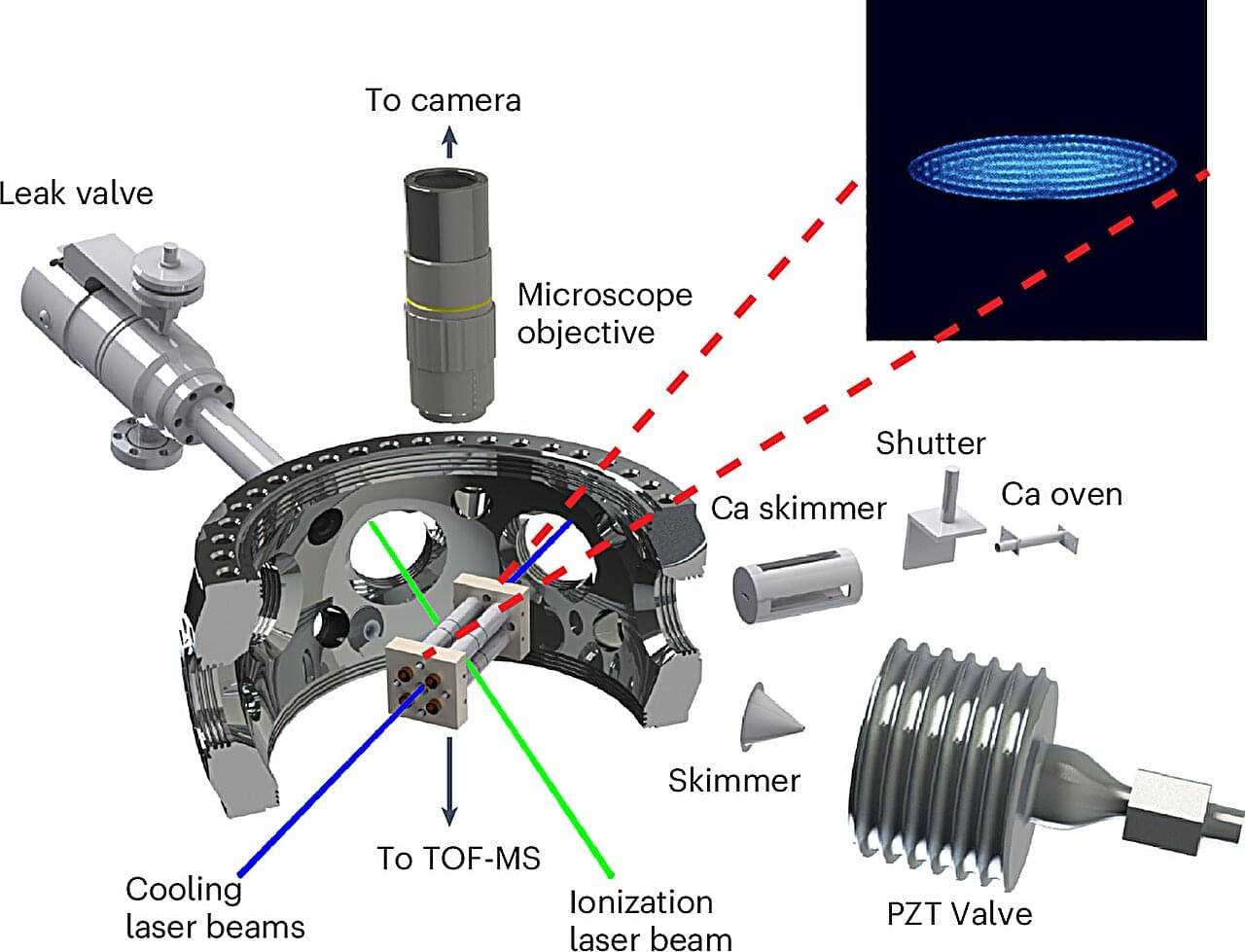Natural and synthetic chewing gum release microplastics. But there is still no evidence that they cause harm.
94% of the microplastics in gum were released within the first eight minutes of chewing, researchers found.
Chewing gum releases hundreds of tiny plastic pieces straight into people’s mouths, researchers said on Tuesday, also warning of the pollution created by the rubber-based sweet.
The small study comes as researchers have increasingly been finding small shards of plastic called microplastics throughout the world, from the tops of mountains to the bottom of the ocean – and even in the air we breathe.
They have also discovered microplastics riddled throughout human bodies – including inside our lungs, blood and brains – sparking fears about the potential effect this could be having on health.
Researchers at Columbia Engineering have for the first time used DNA to help create 3D electronically operational devices with nanometer-size features.
Natural biological tissues, like human skin, possess a unique combination of properties that synthetic materials struggle to replicate. Skin is strong yet flexible and, most impressively, capable of self-repair. Until now, scientists have only been able to replicate either the stiffness of biological tissues or their self-healing ability—but never both at once.
Hydrogels have many advantages, such as biocompatibility, nutrient transport, and ionic conductivity. These features make them promising materials for biomedical applications, but their mechanical limitations have kept them from reaching their full potential.
Most self-healing hydrogels are too soft, with a Young’s modulus below 100 kilopascals (kPa). Others that achieve stiffness above 100 megapascals (MPa) typically lose their ability to heal.
T1 Energy, an energy solutions and manufacturing company based in Austin, is doubling down on the Lone Star State with a new plant.
Mature or nearly mature fruits of Piper longum are used as a spice, valued for their commercial and industrial applications, as well as in traditional Chinese medicine for their multiple effects, such as dispelling cold and relieving pain.
Given their long history of medicinal use, the fruits of P. longum present an opportunity to explore their therapeutic constituents. However, the chemical components of traditional Chinese medicines are often complex, making the efficient discovery of novel active compounds a challenging task in natural product research.
To address this challenge, a research team led by Prof. Haji Akber Aisa from the Xinjiang Technical Institute of Physics & Chemistry of the Chinese Academy of Sciences isolated 12 dimeric amide alkaloid enantiomers with anti-inflammatory and antidiabetic effects from P. longum fruits using a molecular network-based dereplication strategy. This study was published in the Journal of Agricultural and Food Chemistry.
The large-scale renewable energy storage sphere is set to get a massive boost with the development of a 1 GWh molten salt storage system, which will be capable of powering approximately 100,000 homes for 10 hours with an efficiency of up to 90%.
This breakthrough is the result of a collaboration between Danish thermal energy storage developer Hyme Energy and Swiss fluid engineering specialist Sulzer.
Physicist revisits the computational limits of life and Schrödinger’s essential question in the era of quantum computing
Posted in alien life, computing, quantum physics | Leave a Comment on Physicist revisits the computational limits of life and Schrödinger’s essential question in the era of quantum computing
More than 80 years ago, Erwin Schrödinger, a theoretical physicist steeped in the philosophy of Schopenhauer and the Upanishads, delivered a series of public lectures at Trinity College, Dublin, which eventually came to be published in 1944 under the title “What is Life?”
Now, in the 2025 International Year of Quantum Science and Technology, Philip Kurian, a theoretical physicist and founding director of the Quantum Biology Laboratory (QBL) at Howard University in Washington, D.C., has used the laws of quantum mechanics, which Schrödinger postulated, and the QBL’s discovery of cytoskeletal filaments exhibiting quantum optical features, to set a drastically revised upper bound on the computational capacity of carbon-based life in the entire history of Earth.
Published in Science Advances, Kurian’s latest work conjectures a relationship between this information-processing limit and that of all matter in the observable universe.
Astrophysicists at the University of Colorado’s JILA, National Institute of Science and Technology, have conducted an experiment to produce benzene the way theories have predicted it is produced in interstellar space and found it did not produce any benzene. The research by G. S. Kocheril, C. Zagorec-Marks and H. J. Lewandowski is published in the journal Nature Astronomy.
Research efforts in the 1990s led to theories suggesting that ion-molecule collisions could be one of the main ways that interstellar benzene forms. Such theories are important for space research because it is believed that benzene is a precursor to the formation of interstellar polycyclic aromatic hydrocarbons, which are believed to hold cosmic carbon, which is important for many reasons but mainly because of the role it might have played in the development of carbon-based lifeforms.
Testing of theories that lead to the creation of benzene in interstellar space has not been done before because of the difficulty in creating the conditions that exist in such an environment. In their paper, and during a speech at a recent symposium, the group stated that they had the equipment necessary to carry out such an experiment in their lab at JILA.
